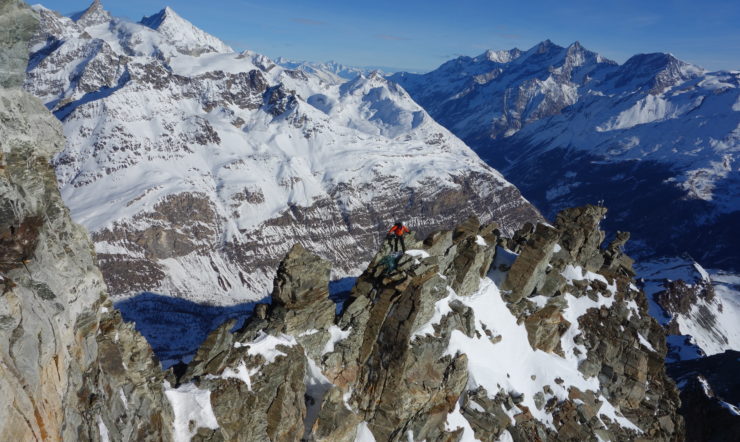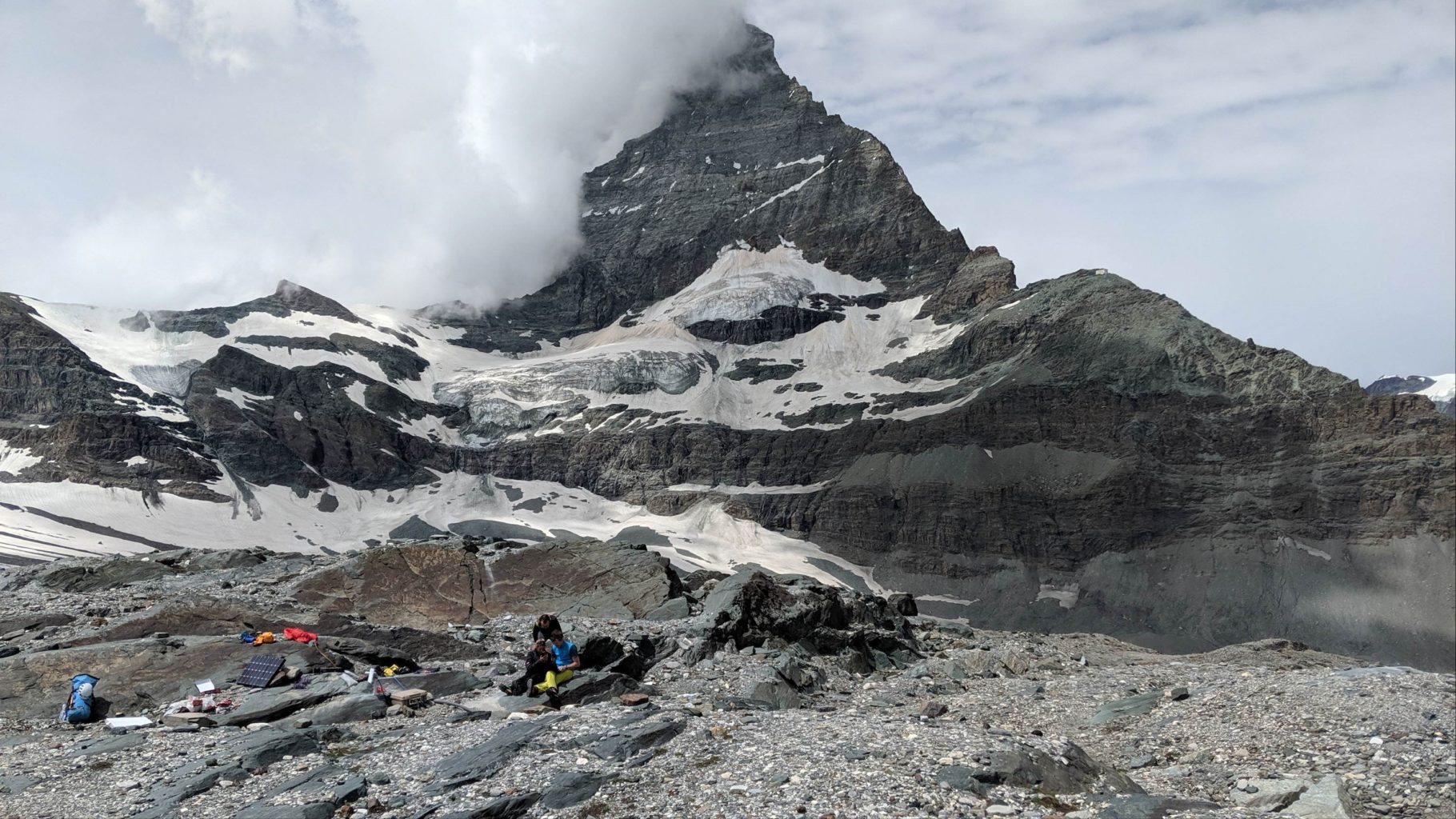Choices made now are critical for the future
The latest Intergovernmental Panel on Climate Change (IPCC) Special Report highlights the urgency of prioritizing timely and ambitious action to address unprecedented and enduring changes in the ocean and cryosphere. “The open sea, the Arctic, the Antarctic and the high mountains may seem far away to many people,” said Hoesung Lee, Chair of the IPCC. “But we depend on them and are influenced by them directly and indirectly in many ways – for weather and climate, for food and water, for energy, trade, transport, recreation and tourism, for health and wellbeing, for culture and identity.”
Read the whole article from IPCC here.
How is Climate Change visible in Switzerland?
The Alpine ecosystem is particularly vulnerable to climate change. Mountains normally change slow, but they are suffering from higher increases in temperature than the European average. Climate has changed significantly in alpine ecosystems over the last hundred years: higher temperatures will degrade the permafrost layers, causing slope instability and increase the risk of rock falls and landslides.
Read the whole article from CREA Mont-Blanc here.
Microsoft’s Climate Journey
Addressing global environmental challenges is a big task. Microsoft has started its journey in 2009 with a series of commitments to reduce the company’s carbon footprint. While we’ve made progress toward our goal of cutting our operational carbon emissions by 75 percent by 2030, the magnitude and speed of the world’s environmental changes have made it clear that we must do more. And we are taking new steps to do just that.
Our cloud services offer an energy efficient and carbon neutral alternative to on-premises services. Moving to the cloud from on-premises services can have a huge impact on energy use and can reduce emissions by up to 90 percent. And we founded our AI for Earth program in 2017 with the environmental challenges and opportunities in mind.
The heat is on for better climate data
Data is a critical part in a global transition to a low-carbon future. We need technology’s help to capture this vast amount of data and convert it into actionable intelligence. AI for Earth puts Microsoft’s cloud and AI tools in the hands of those working to solve global environmental challenges. AI can give people more accurate climate predictions to help reduce the potential impacts. As an AI for Earth grant, ETH Zurich is working on modeling receding permafrost in Switzerland’s mountains.
ETH Zurich scientists Jan Beutel and Matthias Meyer investigate the effect of permafrost in high-alpine environments. They have been researching and monitoring permafrost around the clock for many years. The basis of their project is a high-quality amount of image data as well as a data set that is including seismic signals, which have been registered at 29 locations on the Matterhorn over the last 10 years, unique in the world. With the help of artificial intelligence, recognizable phenomena such as thunderstorms or mountain hikers are to be correlated with the blips in the seismic data. The aim is to eliminate existing disturbing factors in order to identify true instabilities in the rock material more clearly and reliably.







